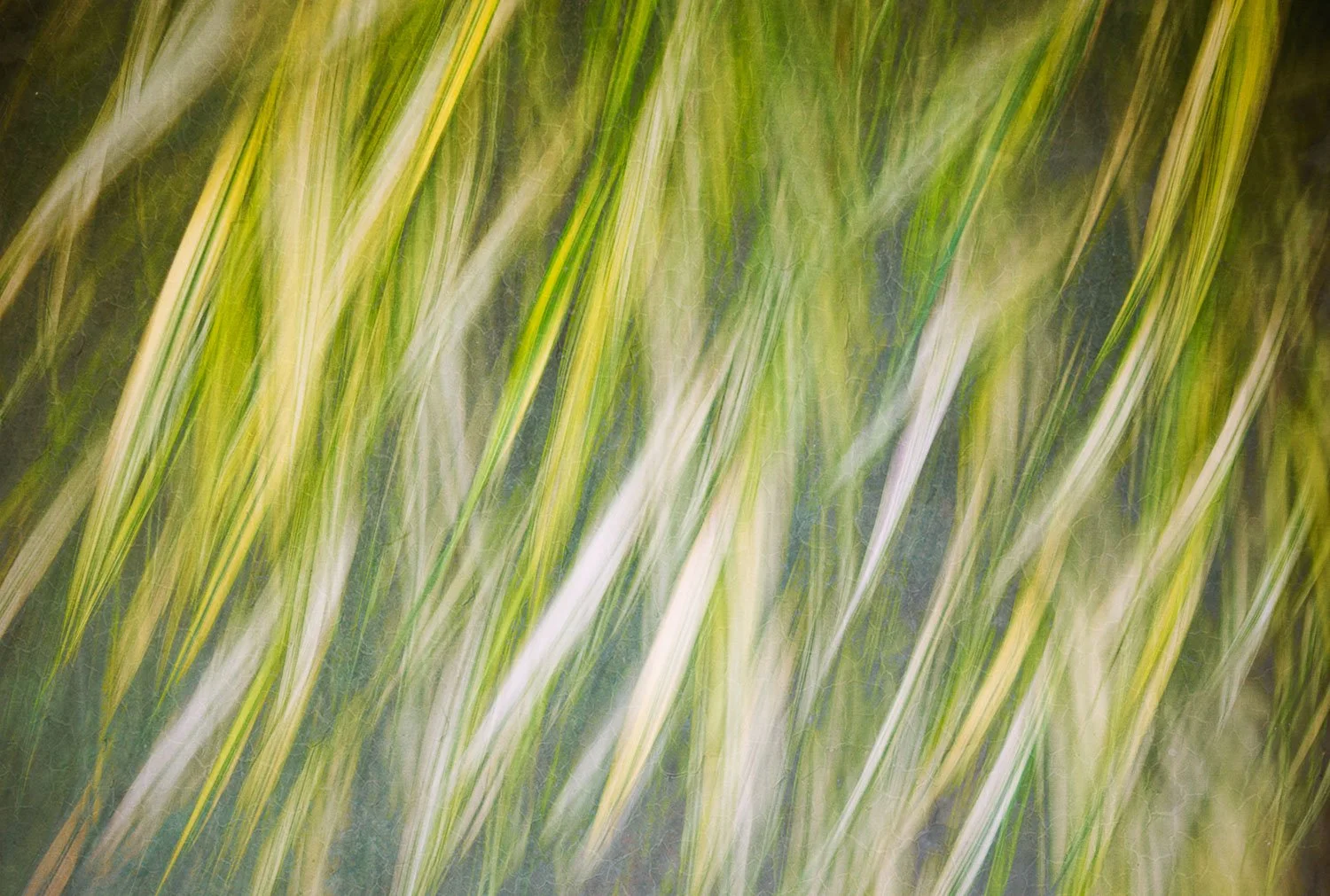the journey through ICM: From Novice to Expert
ICM photography is a captivating and transformative art form. It offers photographers a unique way to express creativity by intentionally moving the camera during exposure, resulting in dynamic and abstract images. The journey through learning ICM photography is as varied and layered as the images it produces. Here, I explore what I see as the different phases of mastering this technique, from the curious beginner to the seasoned expert who uses ICM to enhance and capture the essence of the subject.
The Beginner: Embracing Novelty
For beginners, ICM photography often begins with the thrill of novelty. The idea of deliberately moving the camera during exposure goes against conventional wisdom. This rebellious approach is enticing and liberating for many. At this stage, experimentation is key. Beginners will:
Play with Movement: Novices will try various movements, such as vertical, horizontal, and circular sweeps, to see what effects they can create.
Explore Settings: They will experiment with different shutter speeds, from slow to very slow, to understand how each setting affects the final image.
Capture Abstracts: Early attempts will often result in abstract, blurry images that might not resemble any recognizable forms but are rich with color and motion.
The joy of discovery and the surprise of unexpected results fuel the beginner’s passion. Every shot is a learning experience and should be used as a stepping stone to progress to a higher level.
The Intermediate: Seeking Control and Consistency
As beginners gain confidence, they hopefully move into the intermediate phase. This is an important step as many get frustrated and fail to progress their skills once the initial novelty wears off. In this stage, the focus shifts from random experimentation to seeking more control and consistency. During this phase, photographers start to:
Refine Techniques: Intermediate photographers develop a preference for certain types of movements and shutter speeds that consistently yield pleasing results.
Understand Light and Color: They begin to appreciate how different lighting conditions and color schemes affect their ICM images, and they plan their shots accordingly.
Incorporate Composition: There is a growing awareness of composition, even within the abstract nature of ICM. They start to intentionally frame their shots, using leading lines, balance, and focal points.
This phase is marked by a deeper understanding of the technical aspects of ICM photography and a more deliberate approach to creating images. Photographers at this level produce more consistent and aesthetically pleasing results, with a clearer vision of what they want to achieve. Many will analyze the work of others and start incorporating new methods into their own work.
The Advanced: Mastering the Art Form
For the advanced ICM photographer, the technique becomes a powerful tool for artistic expression. The movements are no longer random but are carefully orchestrated to enhance the form and essence of the subject. Experts:
Enhance Subject Form: Advanced photographers use ICM to accentuate the natural lines, shapes, and forms of their subjects, creating a sense of movement that brings the subject to life.
Express Emotions and Themes: They use ICM to convey emotions and themes, such as the tranquility of a landscape or the chaos of urban life. The images go beyond aesthetics to tell a story or evoke a feeling.
Integrate Techniques: Experts often combine ICM with other techniques, such as double exposures or panning, to create complex and multi-layered images.
In this phase, ICM is no longer just a novelty or a technique to be mastered. It becomes an integral part of the photographer’s artistic toolkit, used to create compelling and evocative images that resonate with viewers.
The Explorer: Expanding the Art Form
As ICM techniques continue to expand, those who wish to expand the techniques will look to:
Explore Subtle Variations: They create new and interesting results by experimenting with subtle variations of existing techniques.
Seek Out New Subject Matter: They venture into new areas to find unique and appropriate subjects.
Combine Techniques: They blend various techniques to achieve new and refreshing effects.
Develop New Techniques: They innovate to offer new perspectives to the viewer.
This last phase provides the greatest challenge to the photographer and the greatest risk of failure. However, hard work and a large tolerance for failure may well result in discoveries that produce new and exciting possibilities.
Conclusion: A Continuous Journey
The journey through ICM photography is a continuous one, with each phase building on the previous. From the initial thrill of discovery to the refined control of intermediate learning and the mastery of advanced techniques, each stage offers its own rewards and challenges. As photographers grow and evolve, so too does their understanding and use of ICM, making it a dynamic and ever-exciting aspect of their creative journey.
Whether just starting out or well on your way to mastering ICM, remember that each phase is an important part of the process. Embrace the learning, enjoy the experimentation, and let the movement of your camera lead you to new and exciting artistic heights. Above all else, accept that failure and frustration are an inevitable part of the journey, do not let either define your end point.




